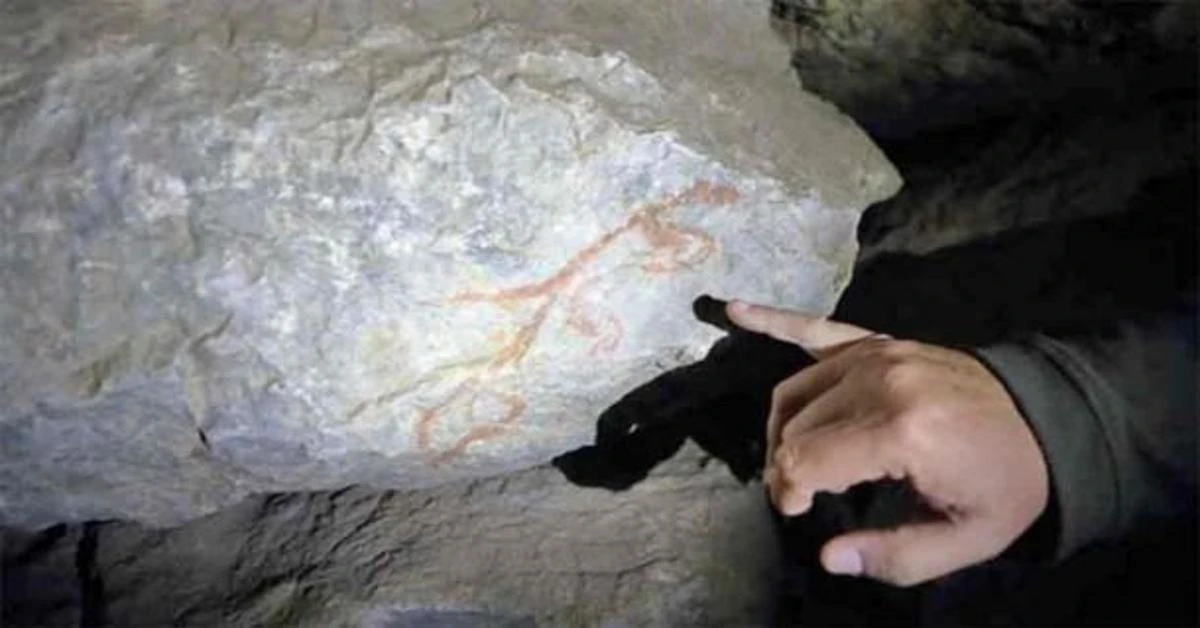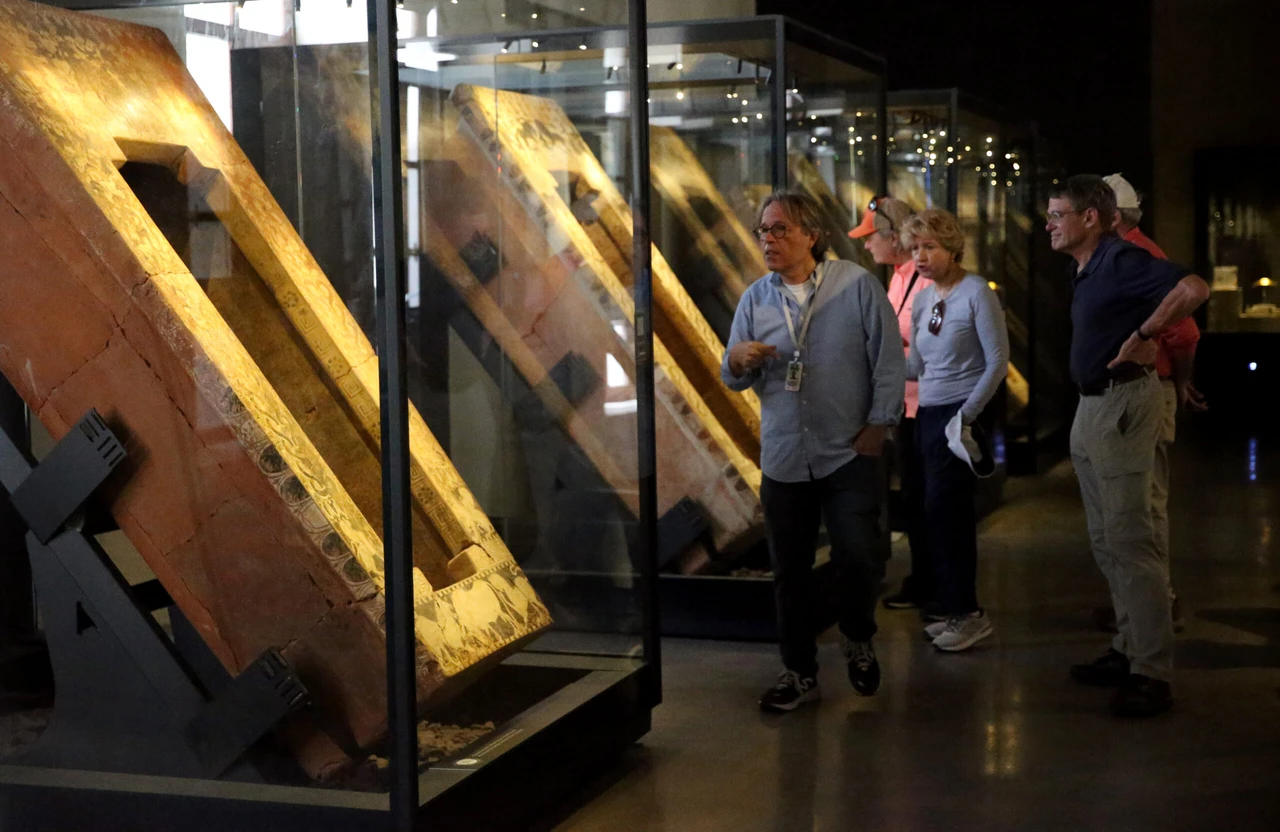New discoveries in Hattusa highlight Hittite empire’s complexity

Recent findings in Hattusa shed light on ancient hieroglyphs that connect modern scholars directly with the Hittite empire’s linguistic and architectural innovations
Archaeologists have unveiled a groundbreaking discovery that will reshape our understanding of the Hittite Empire, one of Anatolia’s earliest civilizations.
In 2022, they found painted hieroglyphs in the Yerkapi Tunnel of Hattusa, the ancient Hittite capital. Experts have recently deciphered these inscriptions, revealing significant insights into Hittite culture and language.
The Yerkapi Tunnel spans 80 meters and features 250 striking red hieroglyphs.
A team comprising Turkish, German and Italian scholars successfully decoded these symbols, a process they detailed at a recent conference hosted by the Culture and Promotion Consultancy of Türkiye’s Embassy in Rome.

Professor Andreas Schachner, who leads the Hattusa Excavation under the German Archaeological Institute, explained the unique nature of this discovery at the conference.
“The painted hieroglyphs we discovered are not just writings; they represent a leap in our understanding of the Hittite world,” Schachner explained.
He emphasized the rarity and historical significance of finding painted hieroglyphs, which had not been documented before.
Associate Professor Bulent Genc from Mardin Artuklu University played a critical role in uncovering these hieroglyphs. At the conference, he shared the importance of these findings.
“These hieroglyphs were commonly used across public spaces in the city, marking sacred and significant civic locations,” Genc stated.
One of the notable revelations from the hieroglyphs includes symbols denoting “Tuthaliya Mountain” and “road.”
This indicates the Yerkapi Tunnel’s strategic role as a thoroughfare leading toward significant city locations. Schachner shared his thoughts on the implications of these symbols. “These findings suggest the tunnel was deliberately constructed to connect various parts of the city,” he said, adding depth to our understanding of Hittite urban planning.

The ongoing excavations at Bogazkoy, from 2020 to 2023, continue to offer new data. Schachner remains optimistic about future discoveries.
“We have nearly deciphered the inscriptions and are now delving deeper into their significance for the city,” he mentioned, noting the continued efforts to grasp their content fully.
Hattusa serves as a rich repository of ancient languages and scripts. With around 30,000 cuneiform tablets unearthed so far, the site has provided invaluable insights into not only the Hittite language but also other regional tongues like Luwian, Palaic and Hattic.
Recognizing its immense historical value, UNESCO designated Hattusa a World Heritage Site in 1986.
Source: Newsroom



